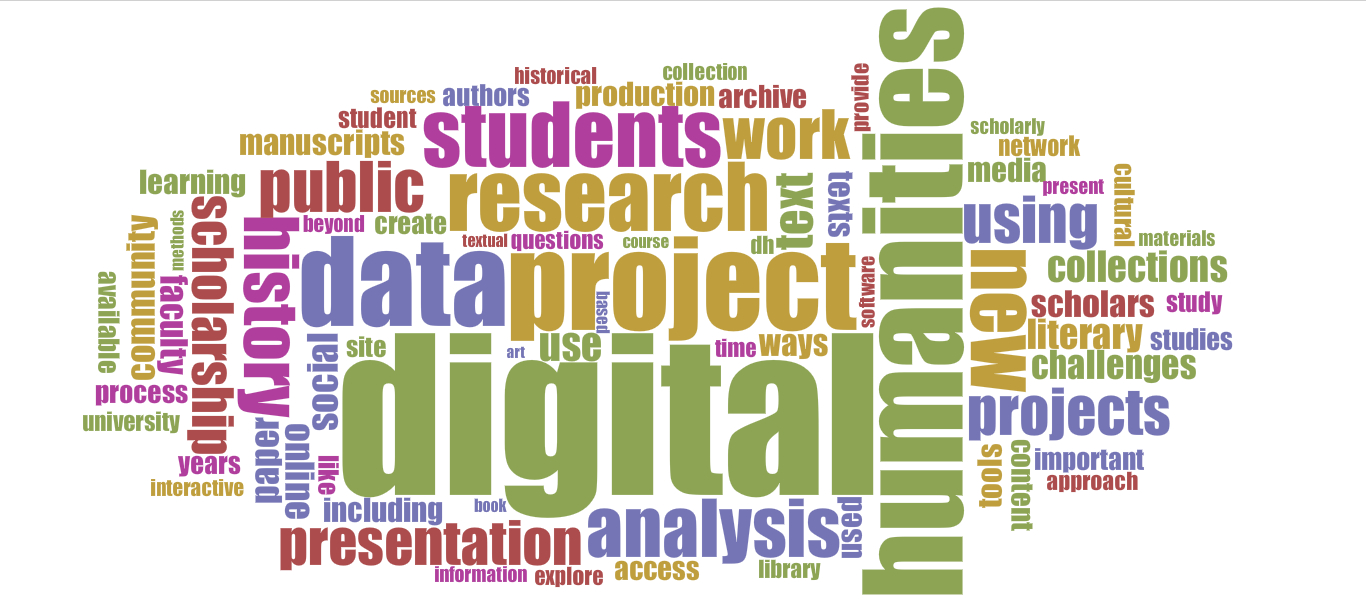Thanks #keydh for my new Ben Franklin tattoo. Nicely complements Gouverneur Morris on my bicep. pic.twitter.com/7EK65y8kzw
— Ian Petrie (@icpetrie) July 22, 2015
There may be no figure digital humanists like to use in examples more than the venerable Philadelphian Ben Franklin. So, it seems appropriate that he served as the unofficial mascot for the Keystone Digital Humanities held at the University of Pennsylvania July 22-24, 2015. William Noel started the conference by averring that Franklin would have been a digital humanist if he’d lived in the twenty-first century, and Ben’s visage appeared here and there, including on the arms of participants who had quickly applied their temporary tattoos, which might be a first in conference swag.
Keystone DH used an unusual format for selecting conference presenters. Submissions were voted on by the public, with the ten proposals receiving the most votes getting a guaranteed spot on the program and the remaining presentations selected by the Program Committee. Perhaps this process gave attendees a greater sense of participant investment, because Keystone DH turned out to be one of the most energetic conferences I have attended in recent years. Not only were the sessions well attended, but the Twitter back channel was so robust that the conference hashtag #keyDH was trending in Philadelphia twenty minutes into the first day. Twitter made it possible to spread highlights of the presentations beyond the physical locale of the conference, but because each time slot had so many excellent presentations, I used it to follow along with the sessions I regretfully had to pass up.
This interactive Word cloud of the conference abstracts gives a nice overview of the diversity of topics presented.

Miriam Posner from UCLA Digital Humanities gave the keynote address “What’s Next: The Radical, Unrealized Potential of Digital Humanities.”
.@miriamkp‘s keynote for #keyDH is all about “how DH might critically investigate structures of power.” YES! http://t.co/6923tBheMH
— Dr Shannon Smith (@ssmithwc1n) July 28, 2015
The challenge Posner posed to the audience is how do we radically repurpose, reframe, and at times, just refuse when the tools of digital humanities “flatten out” lived experience too much.
most of the data and data models we’ve inherited deal with structures of power, like gender and race, with a crudeness that would never pass muster in a peer-reviewed humanities publication
Restructuring power involves thinking about how we compose our data. Perhaps it was because my own paper presented at this conference was metadata-driven, but it seemed to me that the struggles of data constructing was a common thread among many of the presentations.
The challenges inherent to creating metadata is something that Janet Simons’s talked about in her presentation on the DH initiative at Hamilton College.
.@janettsimons: If it is an archives-based project, we have to introduce faculty and students to creating good metadata. #keyDH
— Monica L. Mercado (@monicalmercado)
Simons gave an overview of the exemplary process and workflow they developed that includes early discussion of “metadata needs” and involves careful consideration of the “metadata scheme.”
Check out Hamilton’s #sexy #metadata #workflow for ingestion into Fedora #keydh pic.twitter.com/HzED2tZsE3
— Miriam Posner (@miriamkp) July 24, 2015
Creating metadata that community members could work with was part of the challenge that Alicia Peaker and Jim McGrath discussed in their presentation of Our Marathon, a crowd-sourced archive of materials related to the bombing at the 2013 Boston Marathon.
.OurMarathon Project benefit: “Making the value of community-generated metadata explicit and visible.” — @JimMc_Grath YES #keyDH
— Monica L. Mercado (@monicalmercado) July 24, 2015
With a commitment to prioritizing the voices of those involved, the project organizers also sought to involve participants in creating the metadata, which ultimately required turning metadata fields into questions that an average person could answer.

Crowdsourcing will also prove central to The Joyce Word Dictionary, a fascinating prototype online dictionary presented by Natasha Chenier that explores the possibilities for keeping data purposefully ambiguous. Rather than turning James Joyce’s thousands of neologisms into fixed and stable data, Joyce’s Word Dictionary, will allow for multiple definitions of the same word to co-exist.
The Joyce Word Dictionary (JWD) aims to provide a space in which academics, lexicographers, and Joyce readers around the world can contribute definitions, analyses, and interpretations of these neologisms, puns, wordplays, and even acrostics, which invite play and pondering … the open access JWD enables multiple word meanings democratically to co-exist. Meanings will constantly be changing and developing with the help of all who wish to contribute.
How to capture ambiguity was also an important component of Tracey Berg-Fulton’s overview of Art Tracks, an exciting project from Carnegie Art Museum that attempts “to turn provenance in to useful searchable data.”
Janneken Smucker @JannekenSmucker
Important to represent fuzzy “possibility” vs firm “certainty” in visualization and metadata for provenance research.
Berg-Fulton has devised a metadata schema that captures the fuzziness. For example, the acquisition date of a piece can be rendered in four different ways.

Finally, a panel discussion “The Ethics of Data Curation: The Quandary of Access vs. Protection” with Diane Jakacki, Katherine Faull, Dot Porter, and James O’Sullivan raised some crucial questions for humanists using and creating data. Katherine Faull’s discussion focused on the potential problems posed by releasing geospatial information about sites of importance to Native American tribes brought us back to Posner’s key point, that data is almost always connected in some way to people who may be effected by our use of it.
The take away message was that as digital humanists we cannot allow the digital to overtake our primary goals as humanists.

